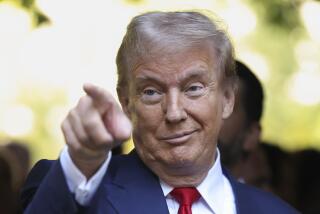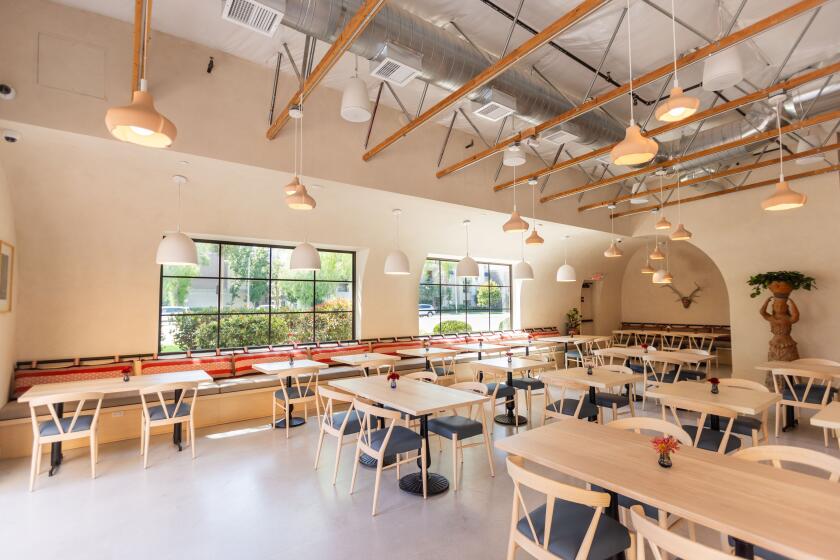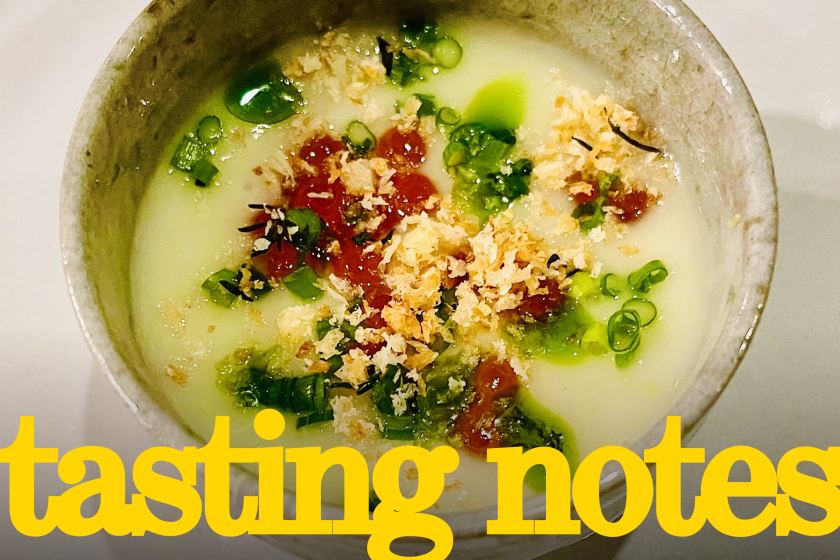Higher wine prices on the horizon? Wine retailers brace for tariffs

- Tariffs proposed by President-elect Donald Trump are likely to include wine and spirits.
- That could mean higher prices for retailers and consumers. So if you buy wine, you could end up footing the bill.
On Monday, the U.S. Wine Trade Alliance held a Zoom meeting for its
members. Nearly 500 people attended — winery owners and executives, wine retailers, restaurateurs and importers — all to discuss tariffs, a grim prospect that every seller of imported wine in the country will be facing come January.
Tariffs are on the horizon for many imported products when President-elect Donald Trump takes office. They’re likely to include wine and spirits, products that are staples of restaurant and retail industries and in many cases are vital to their revenue streams.
USWTA representatives said its mission is to urge the administration to forgo wine tariffs, which would likely affect hundreds of thousands of small businesses — restaurants, retail shops, supermarkets and import companies.
Many of “these are family-run businesses,” says Harmon Skurnik, whose company imports, distributes and sells wine in nine states. “My company is a family-run business.
“There’s a gross misperception in the country,” he adds. “The average American voter and consumer thinks that tariffs are paid by foreign countries. They’re not. They’re paid by American businesses when the goods arrive at the port, and are passed on to the consumer in the form of higher prices. It’s not paid by foreign countries. It’s a tax.”
If you buy wine, in short, you’ll be footing the tariff bill.
Keith Mabry, buyer of French regional wines for K&L Wine Merchants, began thinking about the prospect of a new administration after the first presidential debate, when President Biden’s halting performance laid bare the Democrats’ vulnerabilities. But the company’s reaction was slow. “I think wishful thinking got in the way of concrete plans,” he says.
Just four years ago, in late 2019, French wines were caught up in a U.S.-EU trade dispute between Boeing and Airbus, the French aviation giant whose government subsidies led to accusations on both sides of unfair trade practices. For 18 months, most French still wines were hit with a 25% tariff, causing pain throughout the wine industry. What’s being proposed is less onerous — 10% to 20% — but potentially global.
Moreover, the industry is in a far more precarious position today than it was five years ago. “It’s likely to be much harder this time,” says Jill Bernheimer of DomaineLA, a small wine shop on Melrose Avenue. “The whole industry is in contraction.”
“We’ve been struggling for 18 months,” says Amy Atwood of Amy Atwood Selections, an importer who supplies Bernheimer and others with imported wines. “Demand plummeted in 2023, there’s been disastrous weather in Europe leading to higher prices, people are drinking less for various reasons. … All of this has affected us down the chain. Wine will cost more, and be harder to sell if it’s more expensive.”
Wine sellers established the U.S. Wine Trade Alliance in 2020 to prepare for, and to fend off, the threat of future tariffs on wine imports. Ben Aneff, by day a managing partner for Tribeca Wine Merchant in Manhattan, runs the organization.
“Tariffs are going to be a reality,” says Aneff. “The U.S. has some problems with trade with Europe; the European Union effectively prohibits some American agricultural goods from coming into their market, but wine isn’t one of them.” Wine, he says, is currently fair trade — taxes other countries place on U.S. wine are largely equitable with the taxes the U.S. places on imports.
Additionally, Aneff is making the case to legislators and trade reps that wine is a poor bargaining chip for retaliatory tariffs. That’s because a three-tier system, designed to control liquor distribution and sales, ensures that each bottle of imported wine is passed through an importer, distributor and retailer (shop or restaurant). Two of those, Aneff points out, do their business entirely in the U.S. “So every dollar we spend on imports generates more than $4.50 in U.S. revenue,” he says.
Some retailers, like K&L, might be obliged to give up some of their imported wines; they may, in some instances, compensate these losses with domestic wines. But many retailers, and nearly all restaurants, don’t have that flexibility.
“Wine is not fungible,” Aneff says. “California Cabernet is not Bordeaux; domestic sparkling wine is not Champagne. When someone wants to buy Bordeaux, or Burgundy, or Champagne, they’re not the same. It’s just a different product.”
“My love and focus is French wine,” says Bernheimer. “I’m not going to become a purely domestic wine shop. That’s not the nature of my business.” Her best-case scenario is to go with a smaller selection, and carry less wine, but admits, “my inventory is already lean right now.”
The messaging from USWTA is built upon the belief that the health of the country’s restaurant and retail industries is more stable with a healthy wine pipeline, with a robust distribution network and fair pricing.
“The hospitality industry has spent generations making people smile,” says Aneff, “and we are one of the few industries that people in Congress are happy to hear from. Everyone has a favorite restaurant, and can identify with a local business that depends on imported wine.”
“I just hope the person making this decision is a wine lover,” says Bernheimer. “I hope they’re not a teetotaler.”
More to Read
Eat your way across L.A.
Get our weekly Tasting Notes newsletter for reviews, news and more.
You may occasionally receive promotional content from the Los Angeles Times.










